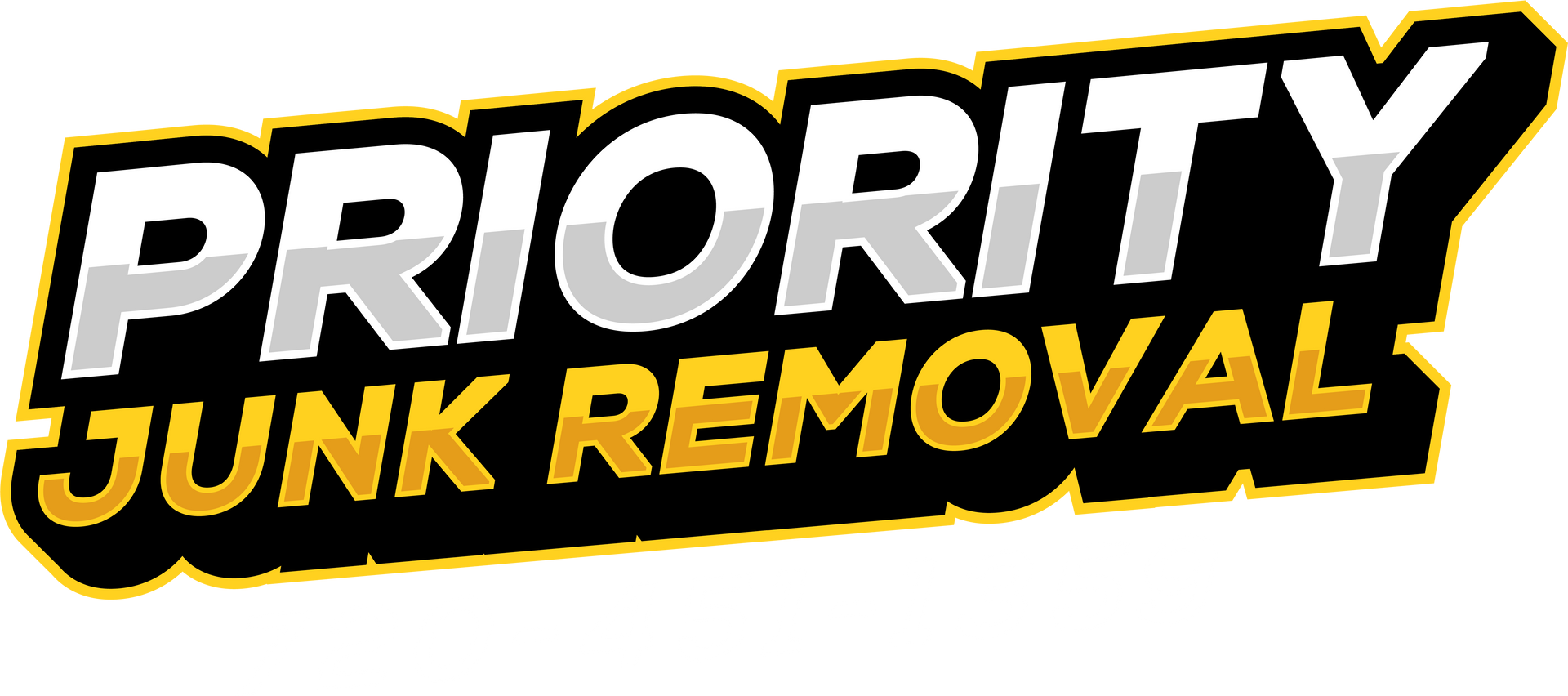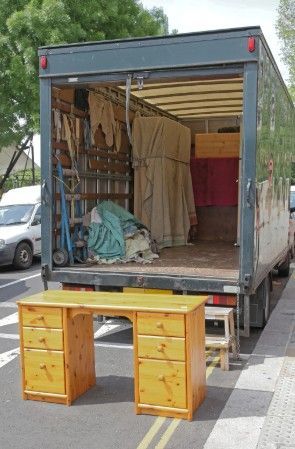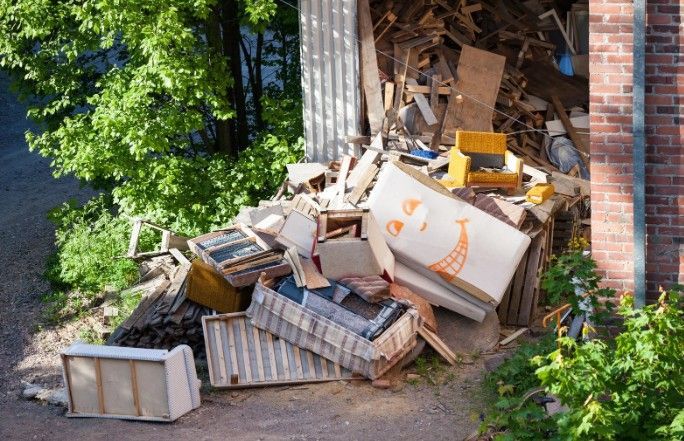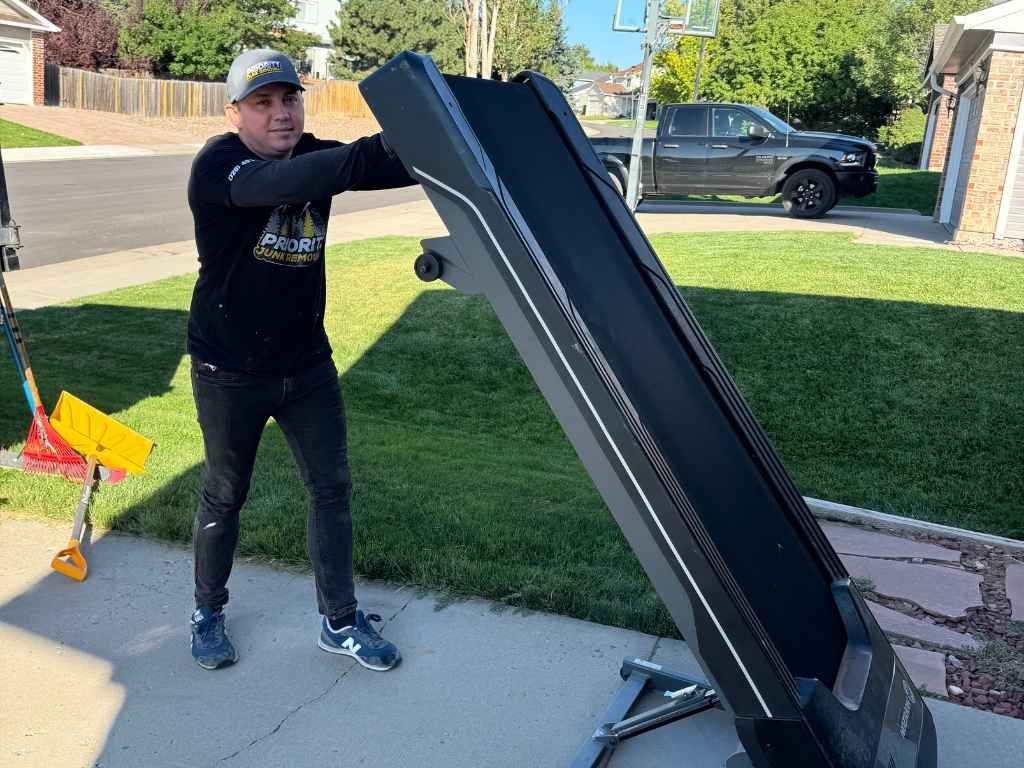Best Ways to Handle Commercial Junk Removal During Renovations
Renovating a commercial space is an exciting yet chaotic process. It’s a fresh start — a chance to modernize the workspace, improve functionality, and create an environment that reflects the company’s evolving identity. But along with the excitement comes a mountain of debris, discarded furniture, broken fixtures, and construction waste. Managing this mess efficiently isn’t just about keeping the space tidy; it’s about ensuring the renovation process flows smoothly without unnecessary interruptions. Let’s explore the most effective ways to handle commercial junk removal during renovations — and why it matters more than you might think.
Why Proper Junk Removal During Renovations Matters
Renovations are inherently messy, but if you let the clutter pile up, things can spiral out of control quickly. Construction debris, broken materials, and old furniture can become major hazards. It’s not just about aesthetics — safety is at stake too. A cluttered site increases the risk of trips, falls, and injuries, which can slow down the project and increase liability issues.
Moreover, an orderly workspace means workers can move more freely and complete tasks faster. When junk is out of the way, contractors and builders don’t have to waste time navigating around debris. That means fewer delays and a better final result. Junk removal isn’t just a cleanup task; it’s a strategic move to keep the renovation on track.
Schedule Regular Junk Removal Throughout the Project
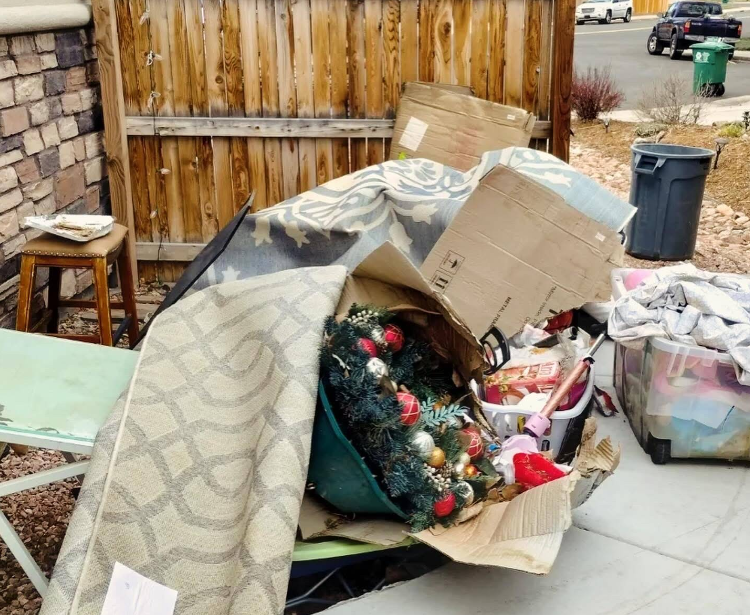
Waiting until the end of the renovation to handle junk removal is a rookie mistake. As debris accumulates, it creates bottlenecks — literally and figuratively. It’s essential to schedule junk removal in phases throughout the project.
Start by identifying key stages in the renovation where waste removal will be necessary. For example, after the demolition phase, you’ll have large amounts of drywall, old fixtures, and broken materials to clear out. Midway through the build-out, you might have packaging materials, scrap wood, and unused supplies that need to go. Finally, the finishing phase will generate smaller waste like paint cans, trimmings, and hardware packaging.
Setting up a regular junk removal schedule ensures that debris doesn’t pile up and interfere with the workflow. It also helps you keep track of what’s being discarded and prevents costly mistakes — like accidentally tossing out materials you still need.
Use a Professional Junk Removal Service
Sure, you could try handling the junk yourself, but do you really want to spend valuable work hours sorting through debris and hauling it away? Hiring a professional junk removal service takes the pressure off your team and ensures the job gets done right.
Professionals know how to handle commercial waste efficiently. They have the equipment and manpower to handle heavy materials like concrete, metal, and wood. They also know the best ways to dispose of hazardous materials like paint, chemicals, and electronics in compliance with local regulations.
Plus, professional junk removal companies often have recycling programs, which means less waste ends up in landfills. This not only reduces your environmental footprint but also reflects positively on your business’s commitment to sustainability.
Separate Materials for Recycling and Donation
Not all construction debris needs to go to a landfill. Many materials can be recycled or even donated, reducing the overall waste generated by the renovation.
Start by separating materials into categories:
- Metals – Scrap metal from fixtures, wiring, and plumbing can often be recycled.
- Wood – Reusable wood can be repurposed for other projects or donated to building material organizations.
- Glass – Windows, mirrors, and glass doors can often be reused or recycled.
- Plastics – Packaging materials and plastic parts can be sent to specialized recycling facilities.
- Furniture – If the old furniture is still in good condition, consider donating it to local charities or nonprofits.
Having a plan for recycling and donation helps reduce landfill waste and allows your renovation to have a positive environmental impact.
Keep Safety a Top Priority
Junk removal during a renovation isn’t just about tidiness — it’s a key part of maintaining a safe work environment. Construction debris, sharp objects, and unstable piles of waste are accidents waiting to happen.
Establish clear pathways for workers to move through the space without obstacles. Make sure large pieces of debris are removed promptly to avoid trip hazards. And ensure that any potentially hazardous materials — like broken glass, exposed nails, or chemical containers — are handled with care and disposed of properly. Communicate with the renovation team about safety protocols and emphasize the importance of keeping work areas clear of clutter. A safe site is a productive site.
Use Dumpsters Strategically
Dumpsters are a renovation lifesaver — but only if you use them wisely. Having one large dumpster onsite may seem like the easiest option, but it can quickly lead to inefficiencies.
Instead of a single dumpster, consider using multiple smaller dumpsters designated for different types of waste (e.g., one for general debris, one for metal, one for wood). This makes sorting easier and helps with recycling efforts. Position dumpsters in locations that are easy for workers to access but not in the way of key work areas. You don’t want to slow down progress because the dumpster is blocking a key entry point.
Schedule a Final Cleanup
Once the renovation is complete, a thorough final cleanup ensures the space is truly ready for use. This isn’t just about removing the last bits of debris — it’s about polishing the space and making it presentable for clients, employees, or customers.
A professional junk removal service can handle this step efficiently, ensuring that no stray nails, screws, or bits of drywall are left behind. They can also help with disposing of any temporary protective coverings, tape, and packaging. A spotless final presentation creates a positive impression and allows the renovated space to shine in its best light.
Coordinate With Contractors and the Junk Removal Team
Good communication is essential when managing commercial junk removal during a renovation. Your contractors and the junk removal team need to be on the same page about scheduling and waste management plans.
Hold regular meetings to discuss project milestones and upcoming waste removal needs. If unexpected issues arise — like discovering asbestos or hidden mold — the junk removal team needs to know immediately so they can adjust their approach accordingly. Working as a team ensures that waste removal happens smoothly and without disruption to the renovation timeline.
How Efficient Waste Management Can Improve Commercial Renovation Outcomes
Efficient junk removal is a game-changer during commercial renovations. Construction sites can quickly become overwhelmed with waste materials, ranging from broken drywall and scrap metal to old furniture and packaging debris. When waste piles up, it can lead to unsafe working conditions and delays, ultimately increasing project costs. Proper waste management isn’t just about convenience — it’s about creating a safe and functional environment where workers can perform at their best.
Implementing a structured waste removal plan helps prevent logistical bottlenecks and improves overall productivity. Designating areas for different types of waste, such as wood, metal, and recyclables, simplifies the removal process and supports sustainability efforts. Regularly scheduled junk pickups prevent clutter from accumulating and give contractors more room to work. When the renovation site remains organized, workers can focus on the task at hand, leading to faster completion times and higher-quality results.
Junk Removal During Commercial Renovations
Neglecting junk removal during a commercial renovation can lead to more than just a messy workspace — it can inflate costs and create long-term headaches. Piles of construction debris obstruct work areas, forcing contractors to spend valuable time navigating around the mess rather than focusing on the build. Delays in waste removal can result in missed deadlines, increased labor costs, and even penalties for failing to comply with local disposal regulations.
Beyond financial setbacks, poor waste management can create safety hazards for workers and visitors. Sharp objects, exposed wiring, and unstable piles of debris increase the risk of accidents, which can lead to liability claims and work stoppages. Proactive junk removal minimizes these risks by keeping the workspace clear and organized.
Stay Flexible — Expect the Unexpected
No renovation project goes exactly as planned. Delays happen, materials arrive late, and design changes can throw the whole schedule off balance. Junk removal needs to be flexible enough to adapt to these changes. If the demolition phase takes longer than expected, reschedule junk removal accordingly.
If a major delivery of materials arrives earlier than anticipated, clear out existing debris quickly to make room. The key is to remain responsive and adjust the waste management strategy as the project evolves. Being adaptable ensures that debris never becomes a roadblock to progress.
Track Waste Volume and Costs
Keeping track of how much waste is generated — and how much it costs to remove — helps you fine-tune the process for future projects. A detailed record of waste volume and removal costs allows you to estimate budgets more accurately and identify areas where waste reduction is possible.
Review this data at the end of the project to identify trends and inefficiencies. Did you overestimate the size of the dumpsters? Did certain materials generate more waste than anticipated? Use these insights to improve planning for future renovations.
Conclusion
Efficient commercial junk removal during renovations isn’t just about clearing out debris — it’s about creating a smoother, safer, and more organized work environment. From scheduling regular pickups to separating recyclable materials and coordinating with contractors, every step matters. By managing waste strategically, you’ll keep the renovation on track, minimize downtime, and create a polished final result.
For reliable, professional junk removal services in Littleton, Colorado, contact Priority Junk Removal at 6091 South Spotswood Street, Littleton, Colorado 80120, United States. Give them a call at 720-451-1359 or send an email to priorityjunkremoval@gmail.com to schedule your service today.
